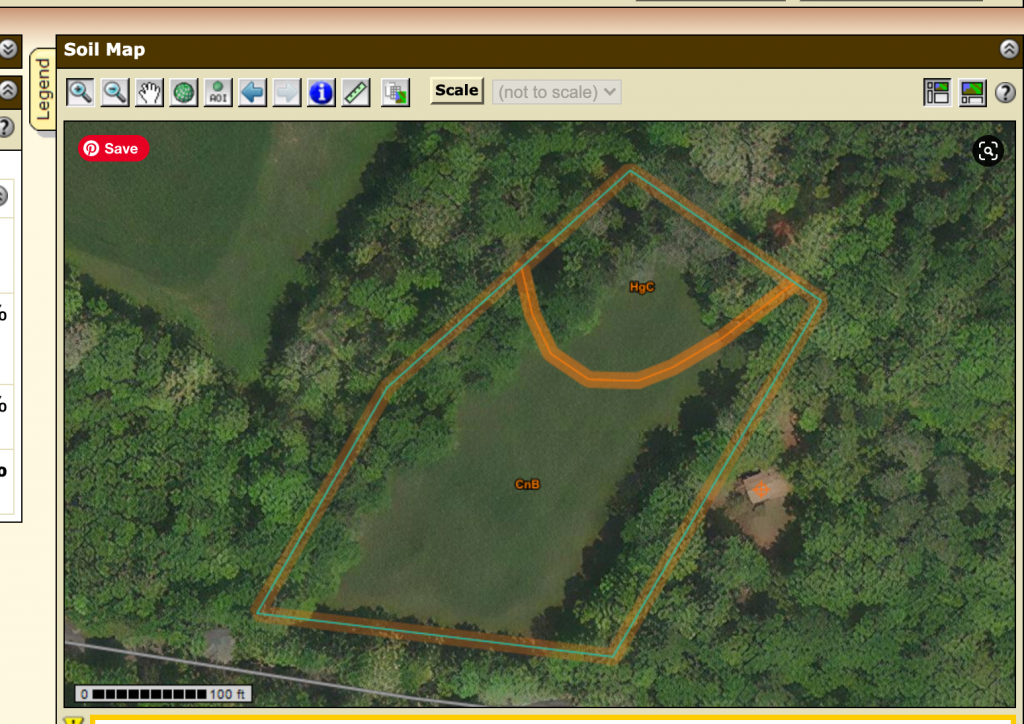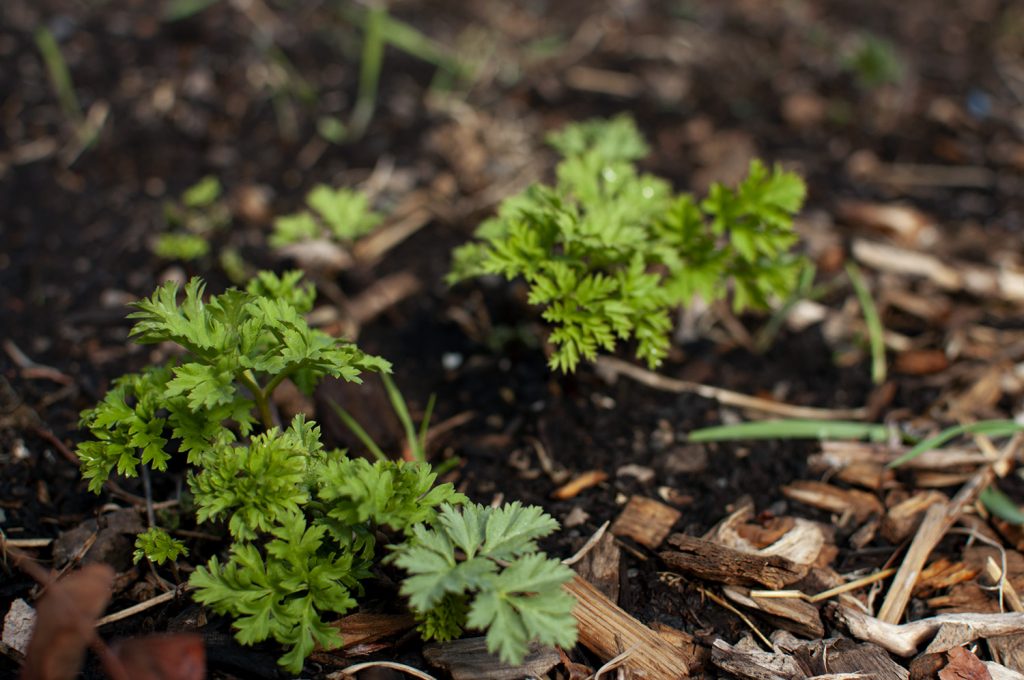Not all dirt is created equal!
In my search for a new home for Sea Change Farm, I wanted to find a property that had promising soil.
Today we’re going on a journey together in search of some nice, arable land, and on the way I’ll tell you what I’ve learned about soils. Buckle up, flower nerds! Hop on the magic farm bus.


First, it’s important to know what we’re looking for. What makes a soil “good” for growing flowers?
Clay, Silt, and Sand
All soil is made up of clay, silt, and sand in various proportions. All of these labels describe the same thing: bedrock, crushed into little pieces! The size of the bedrock particle determines whether it is called sand, silt, or clay.

The largest particles in soil are sand. A sandy soil has large spaces between these large particles, so it drains quickly–often too quickly, and your crops will dehydrate.
The smallest particles in soil are clay. These particles can fit very closely together, sticking together in a mass, and holding lots of moisture–sometimes too much, and your field will flood!
Silt particles are somewhere in the middle.
Does your garden always seem dry, even after it rains? Maybe you’ve got sandy soil! Is there a spot in your garden that collects little “ponds” of water no matter what you do? Maybe a heavy clay soil is to blame!
The ratio of clay, silt, and sand in a given soil is what gives it its texture. A soil with a well-balanced mix of clay, silt, and sand is called a “loamy” soil, and is great for growing most crops. It will hold water and nutrients, but still drain well.
Ideally, we want a nice loam!

What’s My Soil?
Before we break out the shovel to look for sand and silt and clay–it turns out that you can learn a lot about the soil in a given area without ever setting foot there! Handy for us.
The USDA’s National Resource Conservation Service has a web soil survey database online.
Try looking up your home address! Click on the “Start WSS” button, then on the “help” tab for instructions. You might find something interesting that helps explain your struggles or successes growing plants in your garden.
In our search for new farmland, I loaded the address of every new Zillow hit into the NRCS soil database and had a look.

That’s our new farm field! Isn’t it pretty 🙂
From the survey above, our field is mostly CnB, for Chenango gravelly silt loam, with a section up top that’s HgC, for Hoosic gravelly loam.
Loam is good! That’s what we want. And this field is a silt loam and a regular loam, with a side serving of gravel.

This is a ~300lb rock that we pulled out of our new dahlia bed.
We named her Bertha.
Bertha is pictured here with other pieces of “gravel”.
Named Soil Types
The next stop on our soil tour! Did you know that soils have proper names? They can be quite stately, like Nassau-Manlius shaly silt loam, and Plainfield-Riverhead complex.
The USDA created these names for soils that share the same qualities wherever they appear. Most of the time, these soils originated from a shared geological event, like a glacier moving in a certain way.
A named soil type, whether it appears in New York or in Vermont, will usually share a common parent bedrock material. It will have similar geological origins and the same ratios of clay/silt/sand wherever it appears.

Our Soil is Prime Soil
Our field is mostly Chenango soil. The USDA describes Chenango soils like this:
“The Chenango series consists of very deep, well and somewhat excessively drained soils formed in water-sorted material on outwash plains, kames, eskers, terraces, and alluvial fans.”
I had to look up a lot of those words. Optional homework for you hardcore nerds: google kames and eskers and alluvial fans.
TL;DR: once upon a time, a glacier deposited a lot of rocks and minerals and stuff on the spot that is now our new flower field. Way cool!

The USDA classifies our soil as “prime farmland” because its physical properties lend it to growing beautiful flowers. Our new field drains well, but not too well; it shouldn’t have issues with flooding, and it should retain nutrients that we add to the soil. It’s likely to be fertile because of all the ancient glacial deposits. Yes, it’s full of small rocks, but the soil runs deep.
All this knowledge gave us the green light to move forward with this property!
Using the USDA’s online database, and a basic knowledge of soil science, I was able to rule out a lot of potential properties without ever seeing them: soils that were swampy, steeply sloped, flooded often, or were shallow topsoil over solid bedrock.
It’s also important to mention, also, that our new field is on land previously stewarded by the Munsee-Lenape people. Low stone walls on the property and young growth in the wooded areas suggest that in the more recent past, this land was used as pasture for grazing sheep.


The physical properties of a soil are only part of the picture! But we’ll stop here for today. In Part 2, I’ll write more about how we decided whether this field was flower-worthy. For now, our lovely soil is frozen, the air is cold, and I’m looking forward to a nice morning curled up by the fire 🙂

Samantha is the head farmer and florist at Sea Change Farm & Flower.
Want flowers in your inbox? Sign up for our newsletter here.



Dear Samantha,
Thank you so much for this blog, and for all the newsletters you’ve been emailing from Sea Change for the past couple of years–or for as long as I’ve been attending the Farmers Market at Hastings-on-Hudson, where you and your flowers appear so beautifully in the season.
I love the way you integrate luscious photography with your so-well-written narratives. I learn from these stories and pictures, and take pleasure from them, too. (Well, learning is a pleasure all its own.)
Keep going! I’m on to Part 2 of the search for soil!
All good wishes,
Michael
Thank you so much, Michael! I’m so glad that you enjoy reading our little behind-the-scenes stories. I look forward to seeing you at the market again soon!
I enjoyed reading this interesting blog. I’m thankful we didn’t have to do this kind of research before purchasing our homes. We wish you good luck and bountiful, beautiful harvests from your new farm.
Love,
Judy (Jerry, too!)
Haha! I’m sure you had different considerations when buying your home 😉 Thank you so much for the well wishes!